Ever plant flowers only to watch them die off after a single season? Frustrating. Perennials solve that problem. They come back year after year, making your garden stronger, fuller, and way less work.
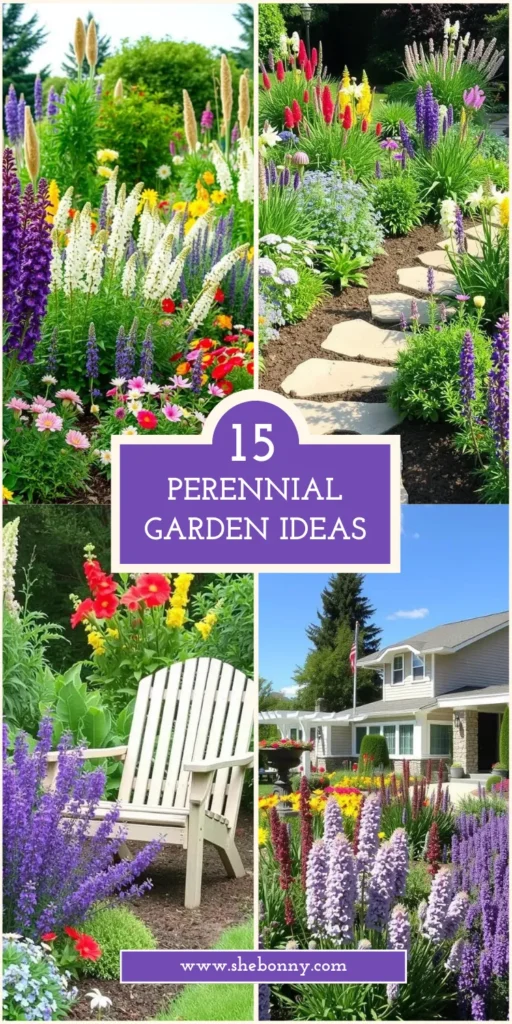
That’s why I pulled together 15 perennial garden ideas that make your space look incredible without constant replanting.
Let’s dig in.
1. Mix Perennials with Shrubs

Perennials pair well with low-maintenance shrubs. Shrubs give structure while perennials fill in the gaps with color. Try pairing lavender with boxwood. You get neat borders with fragrant blooms.
2. Create a Pollinator-Friendly Perennial Garden
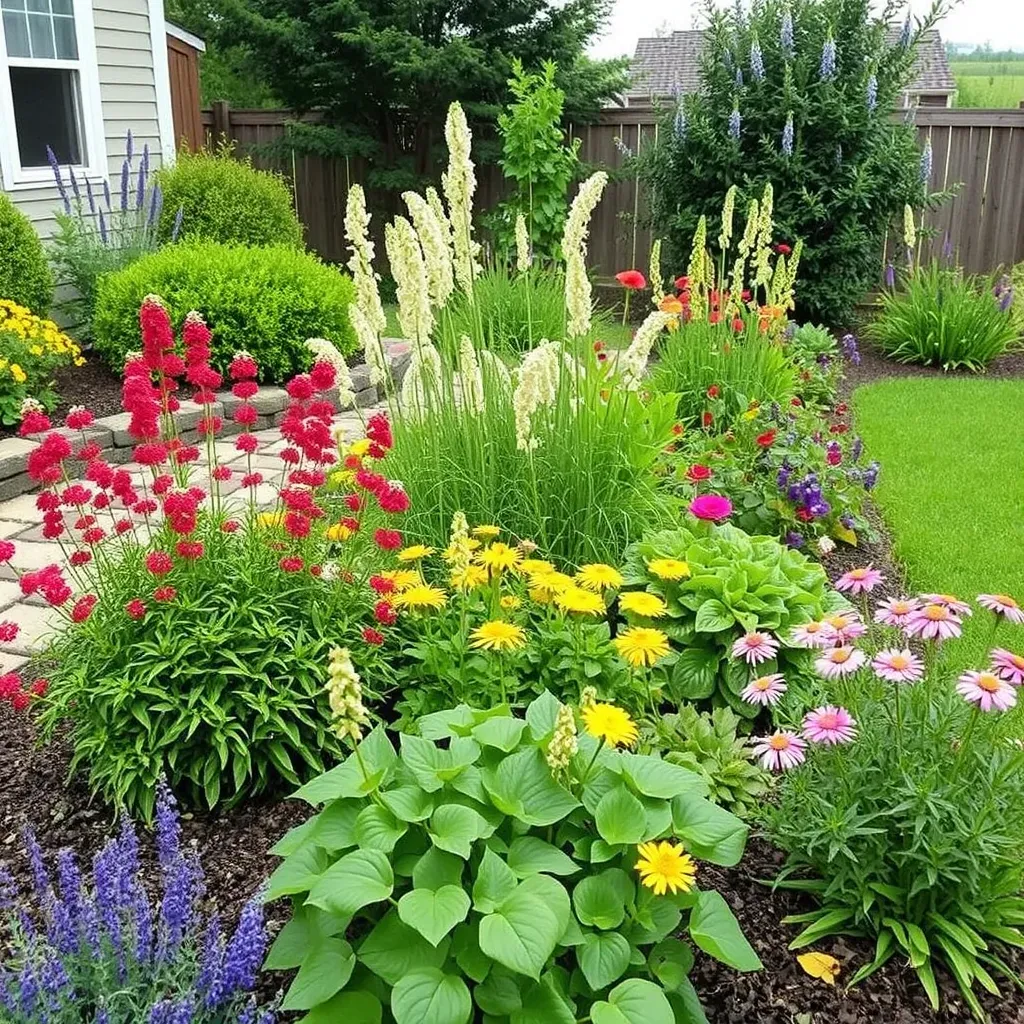
Bees, butterflies, and hummingbirds love perennials. Plant echinacea, black-eyed susans, and bee balm. These attract pollinators and keep your yard buzzing with life. Pollinator gardens also improve your veggie garden yield.
3. Layer Your Perennials by Height
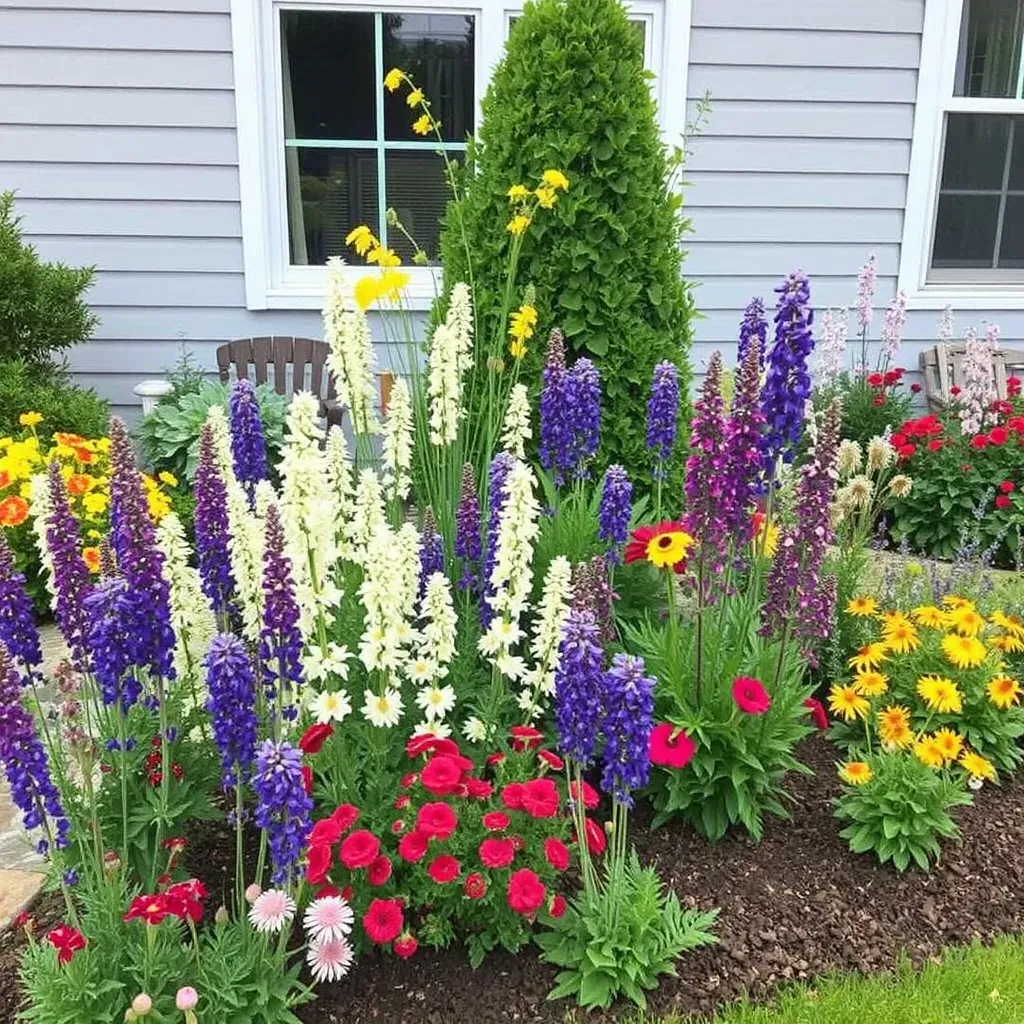
Don’t plant everything flat and boring. Tall perennials like hollyhock go in the back. Medium perennials like daylilies stay in the middle. Low growers like creeping phlox sit upfront. This layering trick adds depth and design.
4. Go All-In on Shade-Loving Perennials
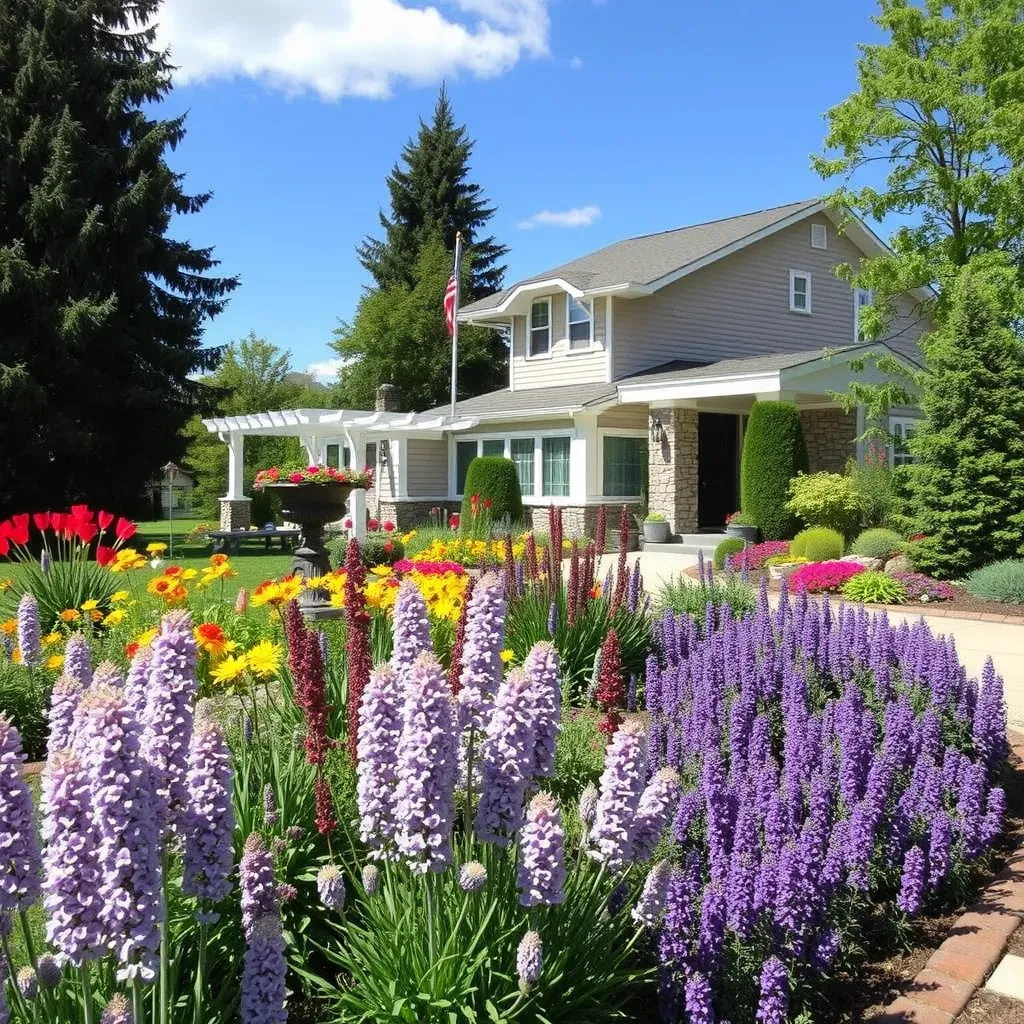
Got a shady yard? No problem. Hostas, ferns, and astilbes thrive in low light. You can still have lush greenery and seasonal blooms. Shade gardens often feel cooler and calming.
5. Use Perennials as Groundcovers
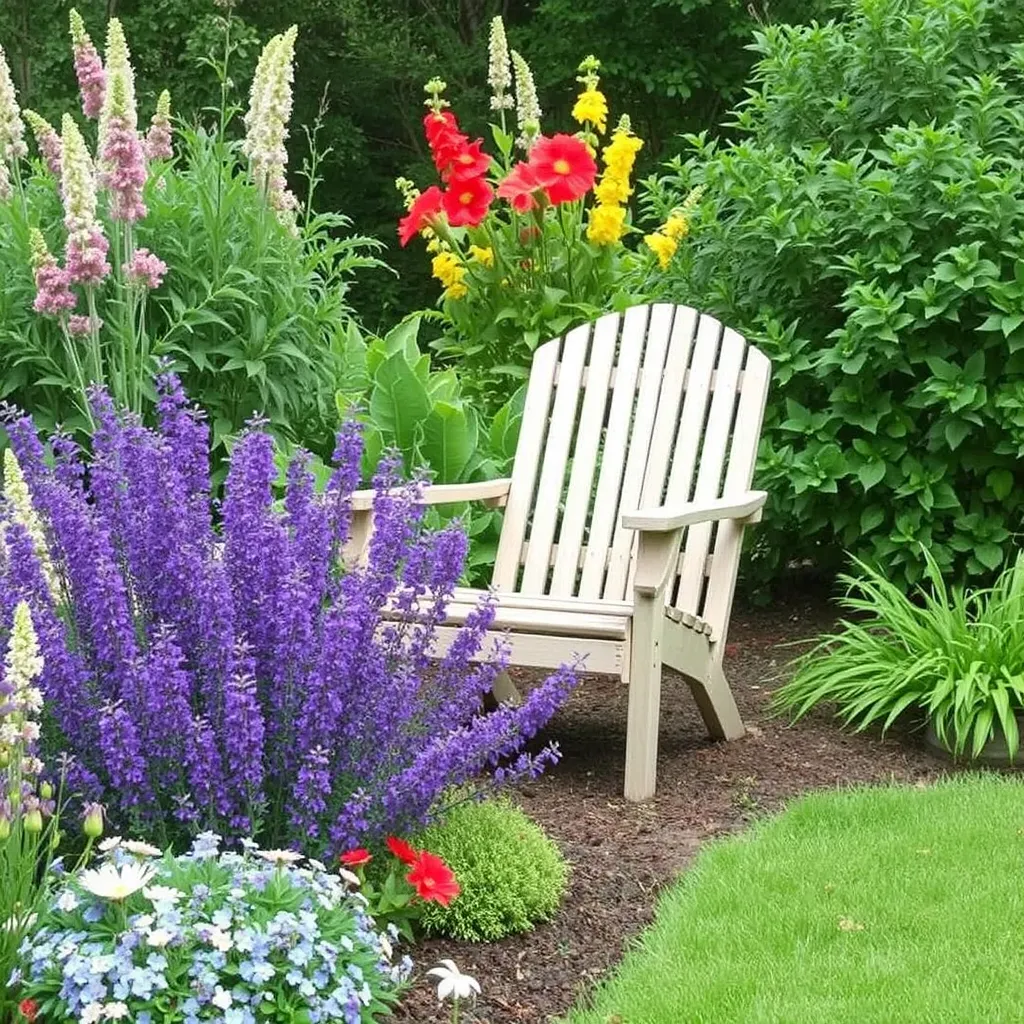
Grass isn’t always the answer. Perennial groundcovers like creeping thyme, ajuga, or sedum fill space fast. They suppress weeds, reduce mowing, and look better than patchy grass.
6. Extend Bloom Time with Staggered Perennials
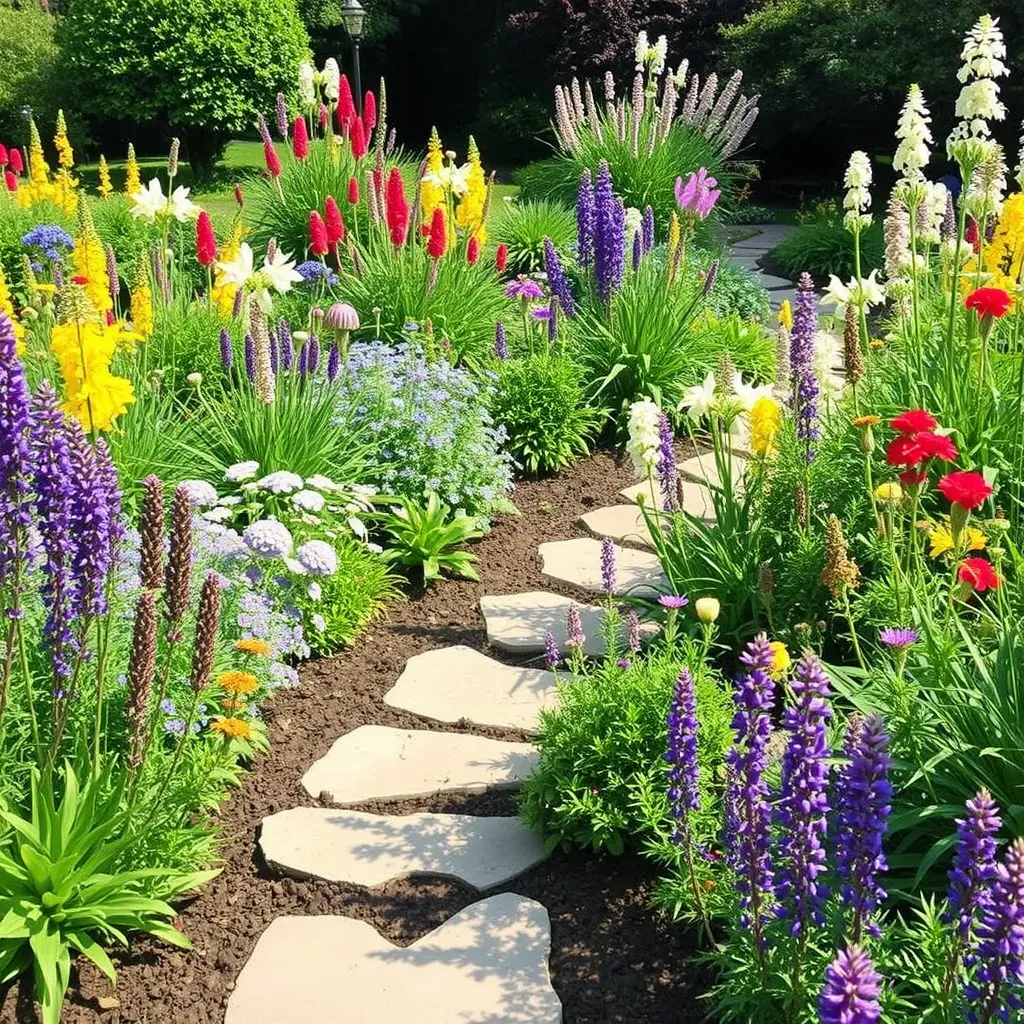
One mistake gardeners make is planting everything that blooms at once. Then—boom—all color disappears mid-summer. Instead, mix early, mid, and late bloomers. Think tulips in spring, coreopsis in summer, asters in fall. You’ll have color from March through October.
7. Add Fragrance with Flowering Perennials
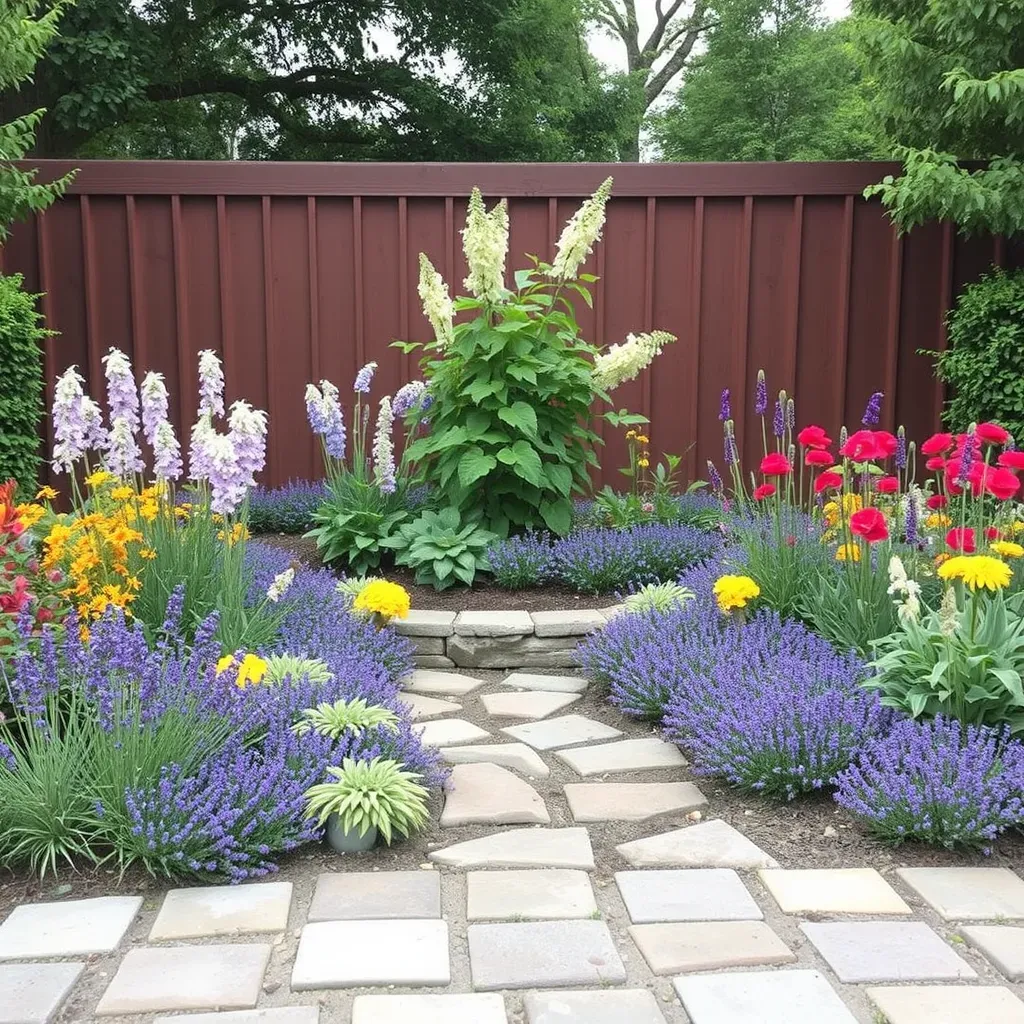
Your garden shouldn’t just look good—it should smell amazing. Peonies, lavender, and phlox bring a fresh scent to pathways and patios. Imagine sipping coffee surrounded by fragrant blooms.
8. Choose Drought-Tolerant Perennials
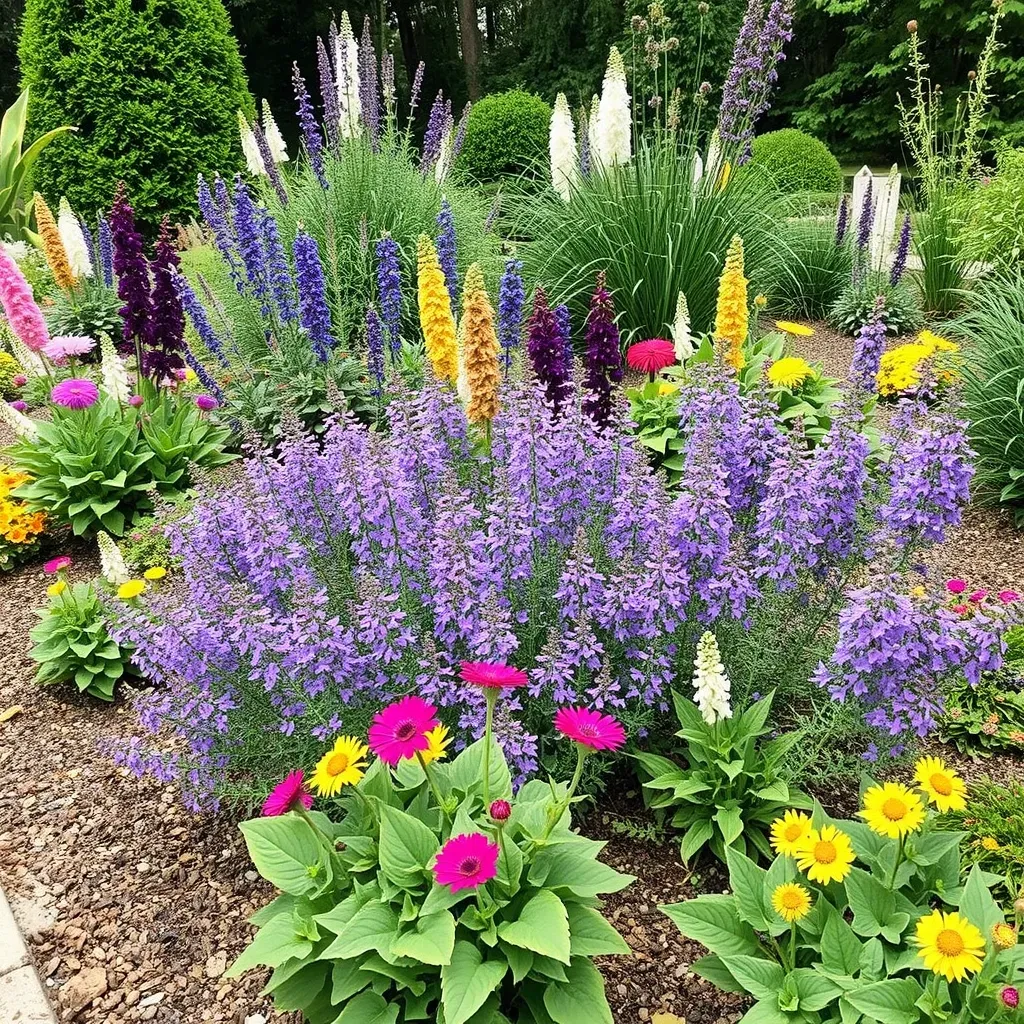
Not every yard has irrigation. Go with drought-tolerant perennials like yarrow, salvia, and Russian sage. They survive hot summers without daily watering. Perfect for low-maintenance gardeners.
9. Build a Cottage Garden with Perennials

Cottage gardens feel natural, colorful, and slightly wild. Perennials like delphiniums, foxgloves, and daisies create that free-flowing vibe. Add climbing roses on a trellis for the full effect.
10. Mix Perennials with Ornamental Grasses
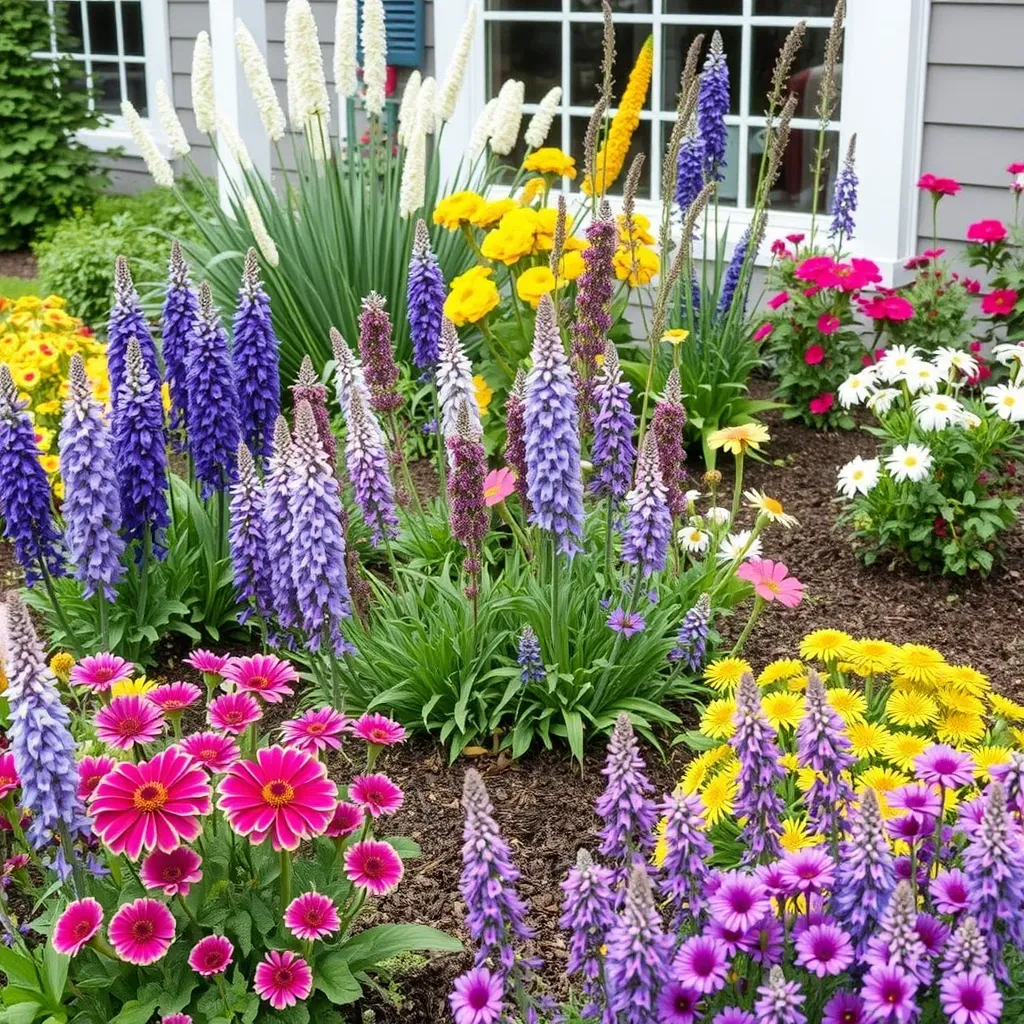
Perennials bring color. Ornamental grasses bring texture and movement. Switchgrass, fountain grass, or feather reed grass pair beautifully with purple coneflowers. It’s balance—soft flowers and structured grasses.
11. Try Perennial Borders Along Walkways
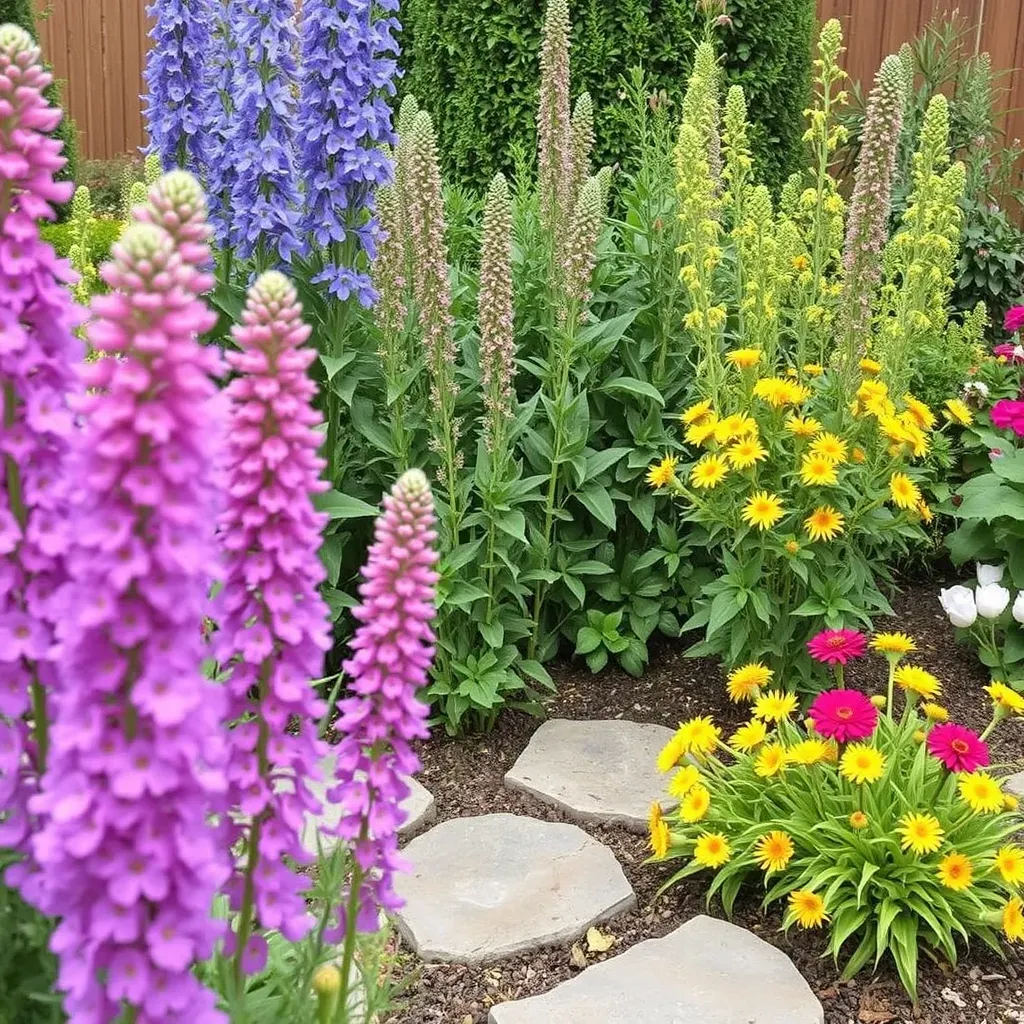
Line your paths with perennials. Salvia, coreopsis, and nepeta create color all season long. Borders look intentional, polished, and welcoming.
12. Plant Native Perennials
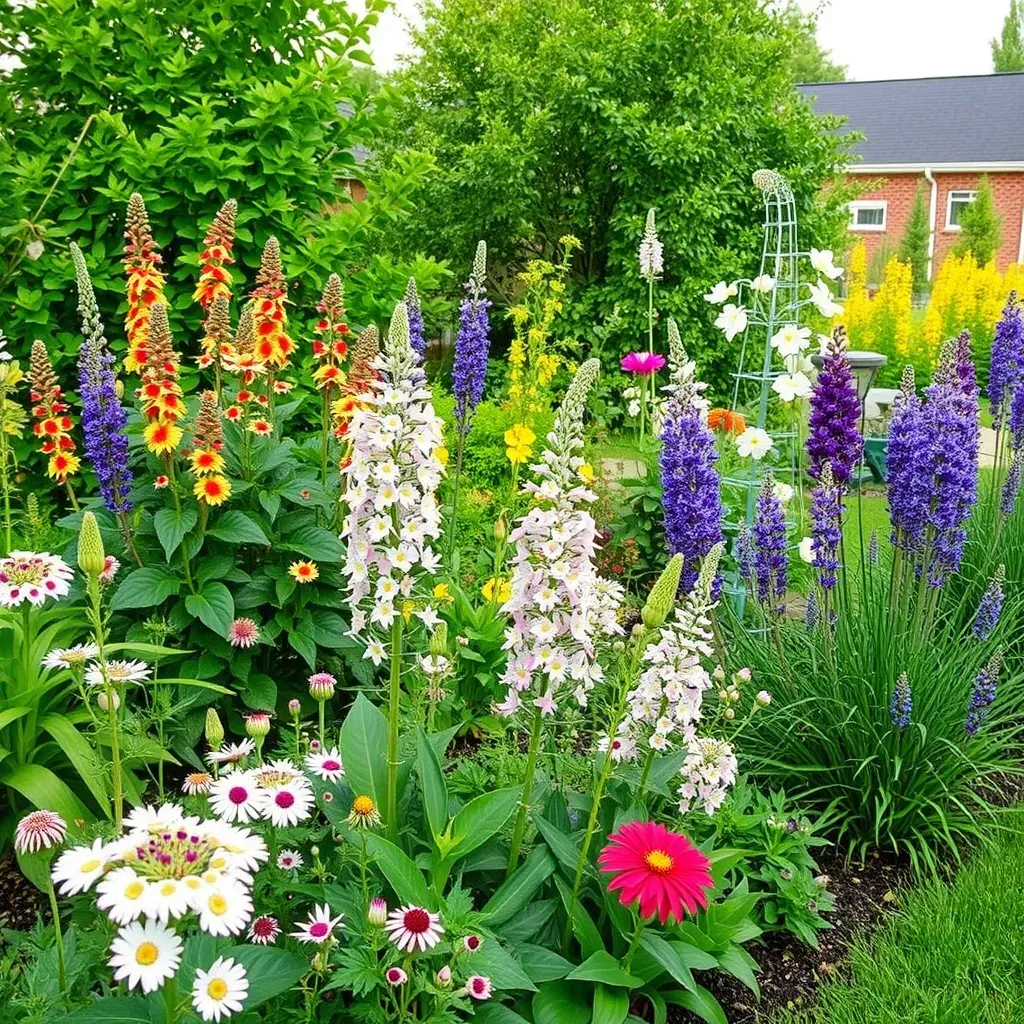
Native plants thrive without much help. They’re adapted to local soil and climate. Examples: coneflower, goldenrod, and milkweed. Native perennials also support wildlife and reduce maintenance.
13. Combine Perennials in Containers

Don’t limit perennials to the ground. Container gardening works great with perennials. Use hostas, coral bells, or dwarf daylilies in big pots. They add interest to patios and decks.
14. Use Perennials to Control Erosion
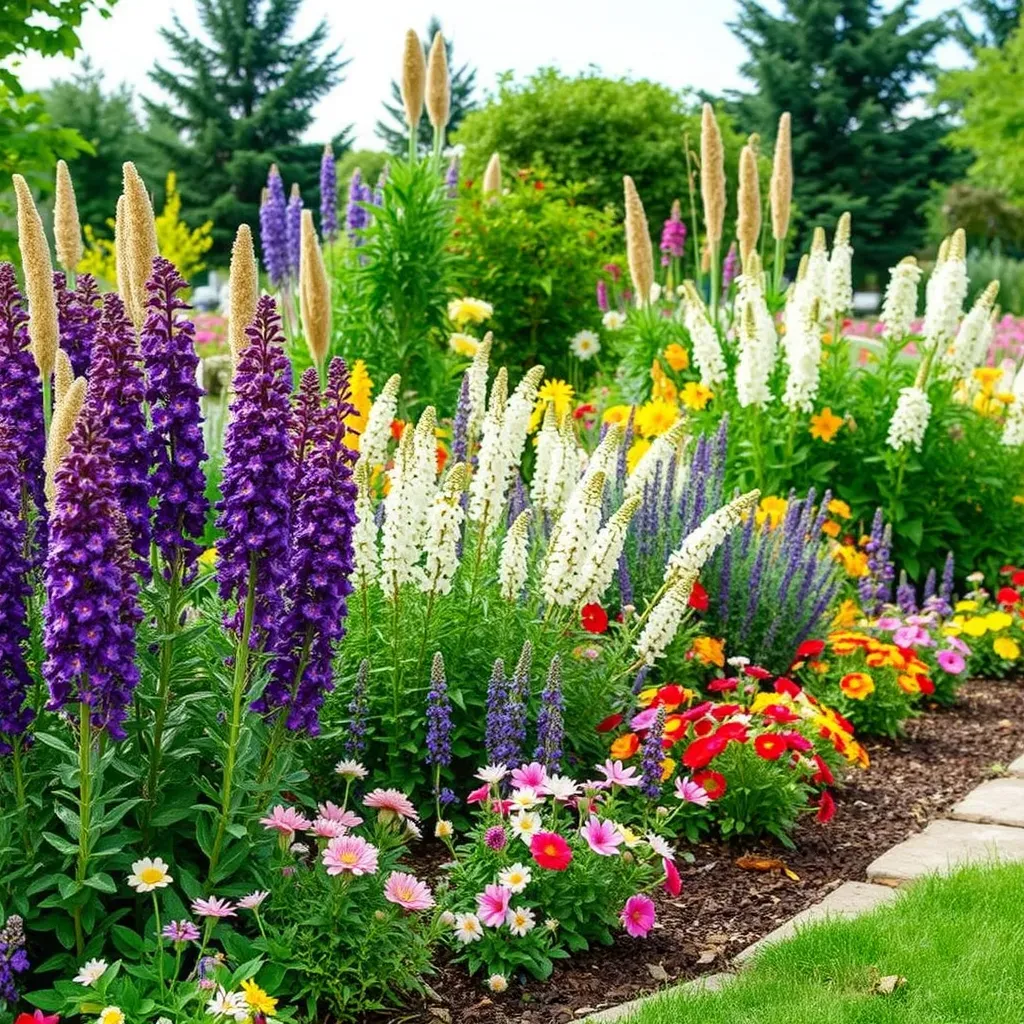
Got a slope? Perennials with strong roots stop soil from washing away. Think daylilies, creeping juniper, or black-eyed susans. You’ll stabilize the ground while adding beauty.
15. Go for Year-Round Interest
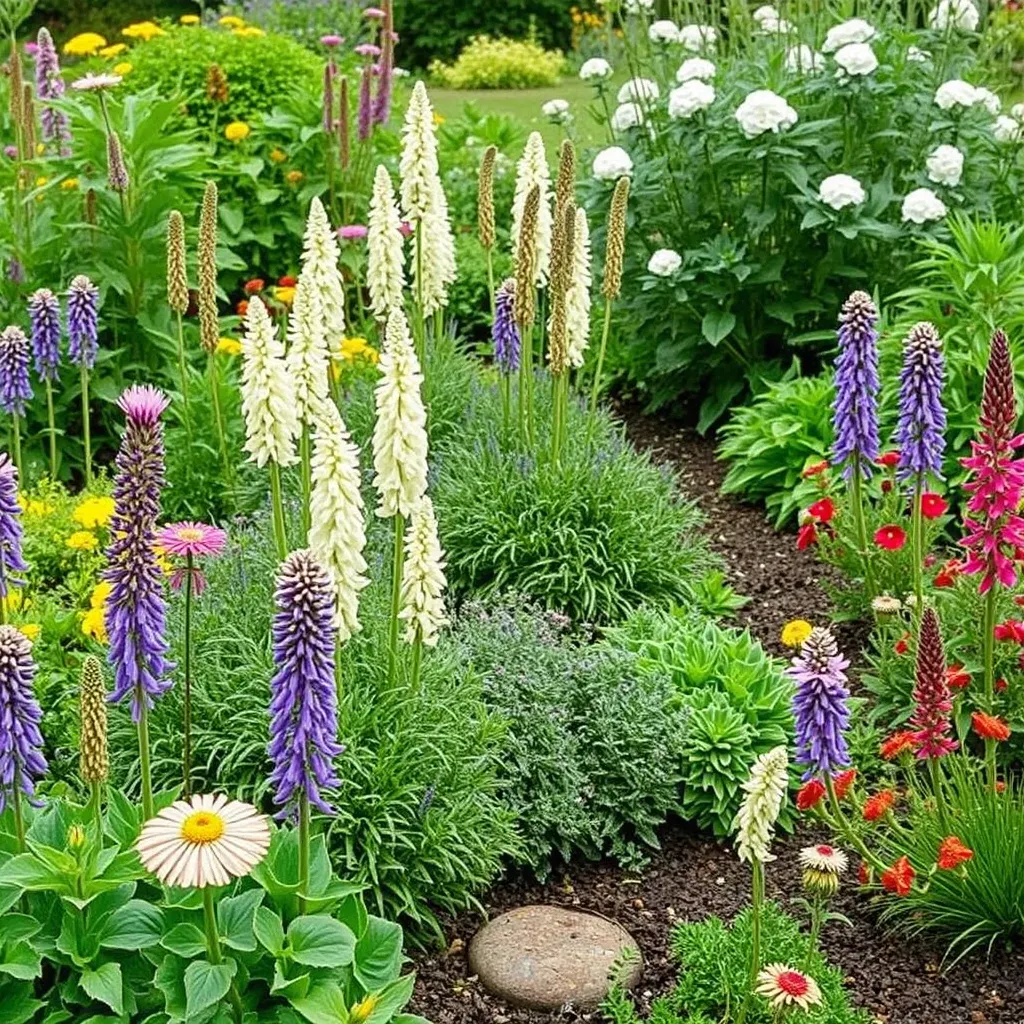
Some perennials offer more than flowers. Evergreen perennials, ornamental grasses, and plants with seed heads keep gardens interesting in winter. Think hellebores, sedum, and ornamental grasses standing tall in snow. Your garden doesn’t die back—it transforms.
FAQs About Perennial Gardens
What’s the main benefit of perennials?
They come back every year, saving you money and time.
Do perennials need fertilizer?
Yes, but not as much as annuals. A slow-release organic fertilizer in spring usually does the trick.
How long do perennials last?
Most perennials live 3–15 years, depending on the variety.
Can I mix perennials with annuals?
Absolutely. Annuals give instant color while perennials build the foundation.
What’s the easiest perennial for beginners?
Daylilies. They survive almost anywhere.
Final Thoughts
Building a garden that lasts means thinking long-term. These 15 perennial garden ideas keep your yard thriving with less effort. Mix colors, layer heights, and choose plants that fit your climate. Perennials bring you beauty year after year. That’s the power of smart gardening.